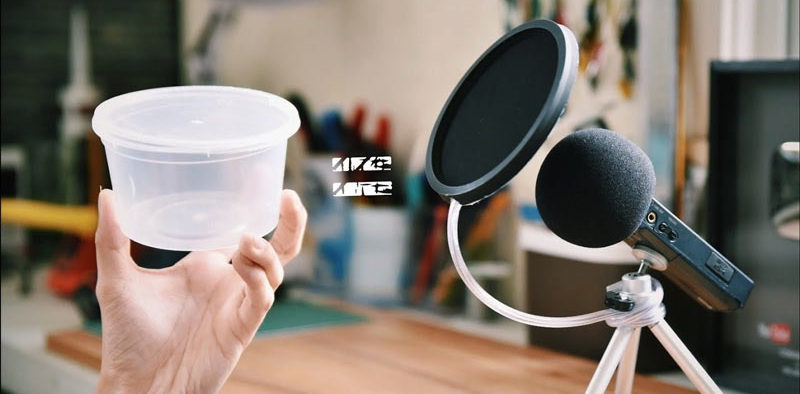Pop Filter and its Importance in Live Performance

A pop filter is a noise-canceling microphone filter that is commonly used in recording studios. Its main use or purpose is to improve vocal that is speech clarity; reduces harmonic frequencies such as plosives. People usually do not prefer using pop filters during live performances; as they are not a portal and too big to carry around during a live performance. Moreover, another disadvantage of it is that it can hide or cover the face of the performer during a live performance because of its size. But at the same time, a pop filter is the only device to control or reduce plosives for clear vocals which is the first priority of a live show.
What is the Pop filter?
Popping sounds occur, particularly in the pronunciation of aspirated plosives (such as the first ‘p’ ‘t’, ‘k’, ‘d’, ‘b’, and ‘g’ sounds) produced by harmonic frequencies while talking or speaking. A pop filter is used to filter such popping noises from microphones for clear vocals and can improve the quality of a recording. A standard pop filter is made up of one or more layers of semi-transparent fabric, such as woven nylon; wrapped over a circular frame, with a clamp and a flexible mounting bracket.
Why Do You Need A Pop Filter For Live Performance?
A pop filter can be an important aspect when it comes to live performances as the popping sound that is produced while singing can only be reduced or controlled with it. Furthermore, the pop filter makes it possible to clean the harmonic frequencies in sound to give clearer and plosive free vocals. Because of these reasons the artist uses popular professional vocal mics that tend to have a built-in pop filter hidden inside the mic. Secondly, a pop filter can help prevent saliva from collecting on the microphone element because the salt in human saliva is acidic; and can be harmful to the microphone. A pop filter may improve the lifespan of the microphone
Should I Use A Windscreen Or Pop Filter For Live Performance?
Windscreens are large attachments, made up of thin foam that easily fit over the microphone. They are used to minimize noise produced by the wind with a high-frequency loss. On the other hand, a pop filter is used to reduce the popping sound i.e. plosives; and provide a clear recording. Usage of windscreen or pop filter depends on the environment of the live performance i.e. If the performances are outdoors then the windscreen is necessary; if the live performances are indoors then it is better to use a pop filter.
How Far Should Pop Filter Be From Mic?
The pop filter should be placed between 2–6 inches away from the microphone to get the best results. The singer should then be positioned a few inches away from the filter. The singer can even sing directly into the filter if they like. It has no effect on the plosives’ intensity. Some vocalists appreciate it because it allows them to maintain a steady distance from the microphone. Moreover, if the artist has extra loud plosives; it is best to angle the pop filter at an angle of 30-45 up or down; which increases wind dispersal power to the pop filter resulting in less wind power to the microphone










